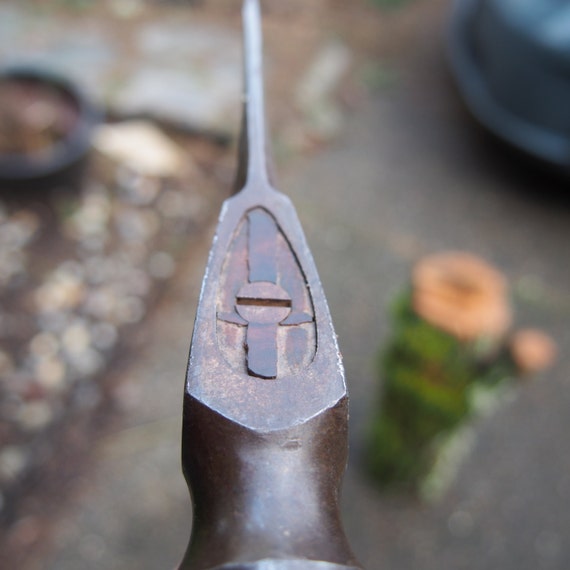Why so much steel in the head and bit?
I'm a carpenter and farmer by trade, and have used the same (sweet) True Temper Kelly Perfect hatchet for 30 years. I recently picked up a like new Plumb from EBay for 7 bucks just to see if was any good. I'm already disappointed in that big thick head that seems more appropriate for splittin' kindling, than anything else.:thumbdn:
I'm a carpenter and farmer by trade, and have used the same (sweet) True Temper Kelly Perfect hatchet for 30 years. I recently picked up a like new Plumb from EBay for 7 bucks just to see if was any good. I'm already disappointed in that big thick head that seems more appropriate for splittin' kindling, than anything else.:thumbdn:


